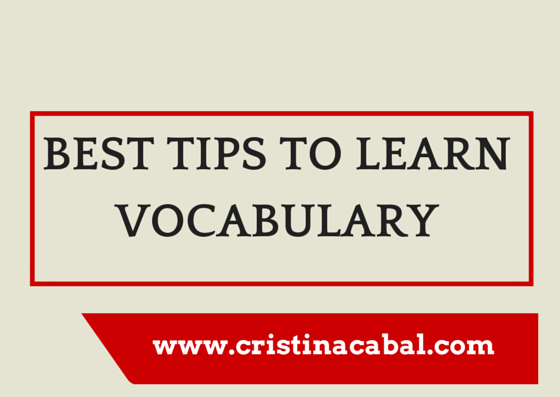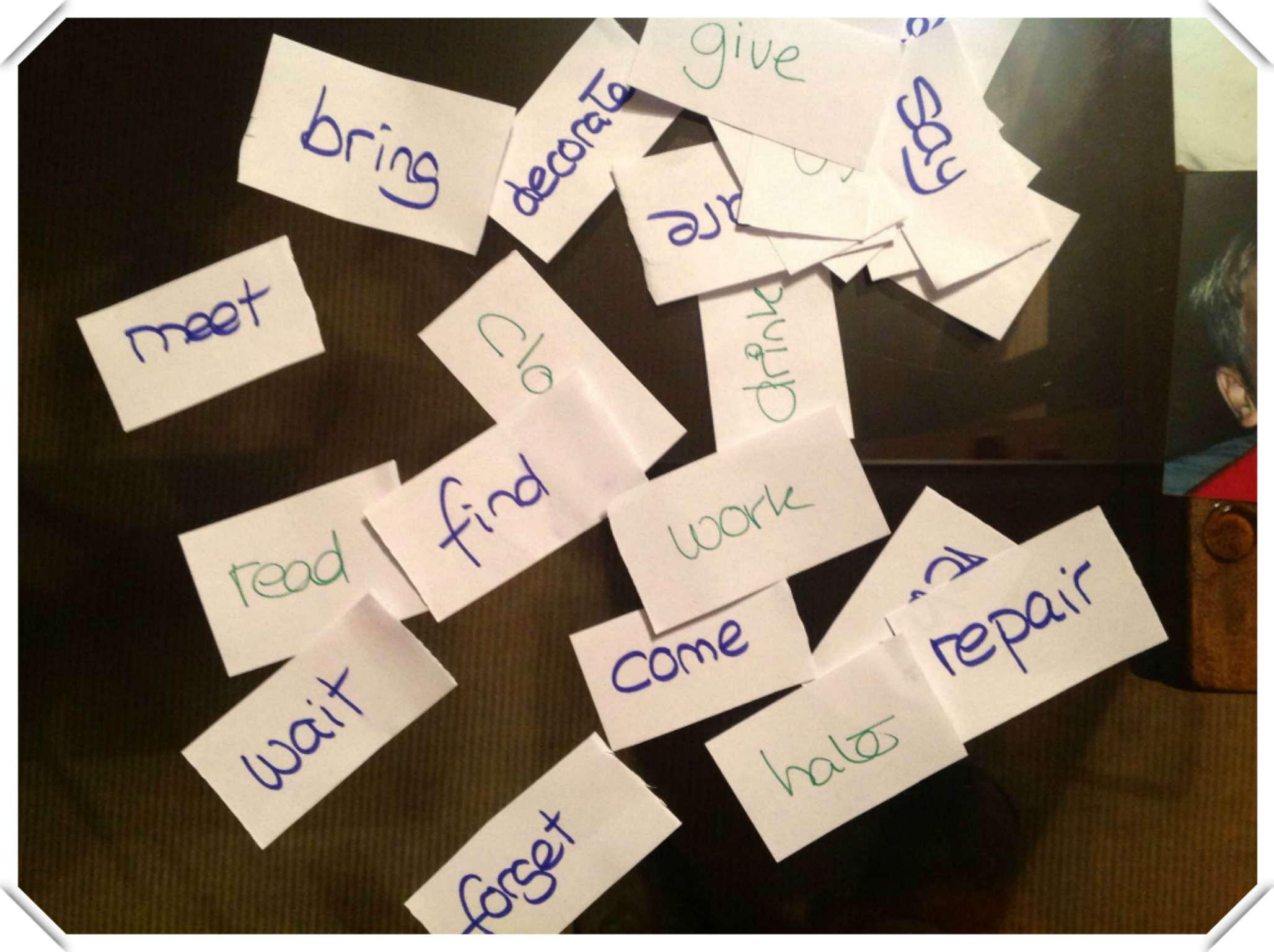Have you ever asked yourself how you acquire new vocabulary? Have you ever wondered if things such as sticking post-its on the walls of your bedroom (or bathroom) really help you memorise new words? Well folks, I should say it might work when your aim is just passing a written test – I have tried this little trick plenty of times, especially when trying to learn long lists of irregular verbs, but when your target is learning to speak a language, trust me , this little trick won’t work.
a written test – I have tried this little trick plenty of times, especially when trying to learn long lists of irregular verbs, but when your target is learning to speak a language, trust me , this little trick won’t work.
For example, what’s the point of learning the word “listen” if you don’t know that it collocates with the preposition “to”? I’ll tell you what, you’ll end up writing or saying things such as “I’m listening you”; does it ring a bell?
I could try to explain what has always worked for me but I’ve found this useful video where an expert, Michael McCarthy from Cambridge University Press, pretty much sums up what I wanted to write and gives you tips about the best way to learn new words. Stick to it! It really works!
Listening Task: Listen to the video and write down the four tips the expert gives about the best ways to learn new vocabulary. Play the video and stop when you get to 2.20 . Play it again if necessary. Check your answers ; you’ll find them at the end of the video.





 Writing is probably one of the most difficult tasks students have to tackle but it is also true that we never dedicate enough time to improving this skill; there never seems to be enough time during lessons. Added to this is the fact that we are not used to writing in our own language, let alone in a foreign one. Therefore, what we normally get from our students are short sentences which usually fall short of our expectations.
Writing is probably one of the most difficult tasks students have to tackle but it is also true that we never dedicate enough time to improving this skill; there never seems to be enough time during lessons. Added to this is the fact that we are not used to writing in our own language, let alone in a foreign one. Therefore, what we normally get from our students are short sentences which usually fall short of our expectations.
